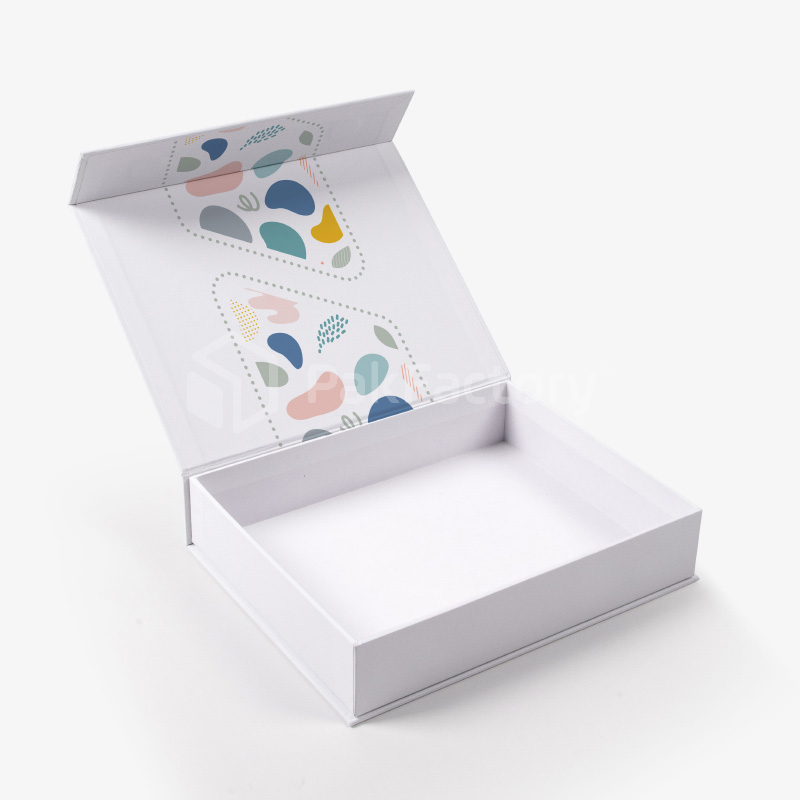Custom rigid box packaging is a powerful tool for businesses seeking to enhance their brand identity, protect their products, and create a memorable unboxing experience for customers. Crafting an effective custom rigid box packaging strategy is crucial to maximize the benefits of this premium packaging solution. In this article, we will guide you through the process of creating a custom rigid box packaging strategy that aligns with your brand’s goals and objectives.
Understand Your Brand and Target Audience
Before diving into the details of your packaging strategy, it’s essential to have a clear understanding of your brand identity and your target audience. Consider the following:
Define Your Brand Identity
-
Brand Values: What values does your brand stand for? Is it eco-friendly, luxury, affordable, or innovative? Your packaging should reflect these values.
-
Brand Personality: How would you describe your brand’s personality? Is it sophisticated, playful, or minimalistic? The design of your custom rigid boxes should align with this personality.
-
Brand Story: What is the story behind your brand? The packaging can be used to convey and enhance this narrative.
Know Your Target Audience
-
Demographics: Who are your ideal customers? Consider factors like age, gender, location, and income.
-
Psychographics: What are their interests, values, and lifestyle? Understanding these aspects will help tailor your packaging to their preferences.
Set Clear Packaging Objectives
Now that you have a deep understanding of your brand and target audience, it’s time to define clear packaging objectives. These objectives will serve as a roadmap for your packaging strategy.
Protect and Preserve
- Ensure that your custom rigid boxes provide adequate protection for your products. Consider factors like fragility, shelf life, and transportation requirements.
Create Brand Recognition
- Your packaging should be instantly recognizable as part of your brand. Incorporate brand colors, logos, and other visual elements.
Enhance Customer Experience
- Design the unboxing experience to be memorable and enjoyable for customers. Think about how they will interact with the packaging.
Communicate Information
- Use the packaging to convey essential product information, such as ingredients, usage instructions, or benefits.
Choose the Right Materials and Design
Selecting the right materials and design for your custom rigid boxes is a crucial part of your packaging strategy. Consider the following:
Material Selection
- Choose materials that reflect your brand values and align with your environmental goals if you have any. For example, opt for recyclable or biodegradable materials.
Structural Design
- Decide on the box’s shape and size. Consider adding unique structural elements like magnetic closures, compartments, or handles for a distinctive touch.
Graphics and Printing
- Utilize high-quality printing techniques to ensure that your packaging looks as good as it functions. Consider finishes like embossing, debossing, or foil stamping to add elegance.
Color Palette
- Choose a color palette that resonates with your brand and appeals to your target audience.
Create a Consistent Branding Experience
Consistency is key in packaging. Your custom rigid box packaging should create a cohesive and recognizable branding experience across all your products.
Use a Unified Design Language
- Maintain a consistent design language across different product lines. This includes the use of fonts, colors, and imagery.
Standardize Brand Elements
- Ensure that brand elements, such as logos and slogans, are consistently placed on your packaging.
Consider Eco-Friendly Options
In today’s environmentally conscious world, eco-friendly packaging can set your brand apart and resonate with consumers. Here’s how to integrate sustainability into your strategy:
Sustainable Materials
- Opt for sustainable materials, like recycled paperboard or FSC-certified cardboard, which demonstrate your commitment to the environment.
Minimalist Design
- Consider a minimalist design that reduces ink usage and waste. Simplicity can also be visually appealing.
Encourage Reuse and Recycling
- Add messages on your packaging that encourage customers to reuse or recycle the boxes.
Test and Iterate
Once you’ve developed your custom rigid box packaging strategy, it’s essential to test its effectiveness and be open to making improvements.
Consumer Feedback
- Gather feedback from customers about their packaging experience. Consider surveys or social media polls to gain insights.
A/B Testing
- Run A/B tests with variations of your packaging to determine what resonates best with your target audience.
Stay Updated and Adapt
The world of branding and packaging is ever-evolving. Stay informed about industry trends and be ready to adapt your packaging strategy as needed.
Industry Trends
- Keep an eye on the latest packaging trends, such as sustainable materials, minimalist designs, or interactive packaging experiences.
Competitive Analysis
- Analyze your competitors’ packaging strategies to identify opportunities for differentiation.
Conclusion
Creating a custom rigid box packaging strategy is a dynamic and creative process. By aligning your packaging with your brand values, target audience, and specific objectives, you can create a powerful tool for enhancing your brand identity and delivering an exceptional customer experience. Remember that your packaging is not static; it should evolve as your brand and market dynamics change. With a well-thought-out packaging strategy, you can build brand recognition, protect your products, and leave a lasting impression on your customers.

